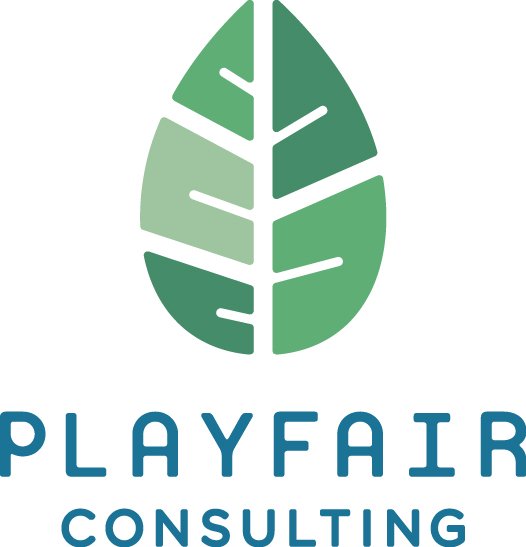Stuck with an OCD case? Try going back to basics.
When I consult with other therapists on their OCD cases, I notice that most of them aren’t stuck where they think they are. Common challenges that come up in consultation include how to develop a good fear hierarchy, prioritizing exposures, getting stuck in reassurance-giving cycles, and feeling silly doing exposures in session. When we dig into these problems however, the underlying issues are often are not in technical execution. Let’s synthesize this with my observations from consultations with clients looking for OCD treatment after “failing” Exposure and Response Prevention Therapy (ERP). These clients report to me that their previous ERP felt rushed, clinical, and unnatural.
If I put these two common complaints together, I’ve come to the conclusion that therapists, in our strong desire to provide quick evidence best treatments, sometimes forget about the foundational parts of psychotherapy.
Techniques are cool, but basics are impactful
I’m sure that we were all taught in graduate with me that therapeutic alliance is one of the most essential factors contributing to high quality treatment outcomes. ERP is no different.
The mechanism of change for OCD specifically is indeed ERP but ERP without the other parts of therapy, ERP feels hollow. For this reason, when I train clinicians on OCD and when I treat my own OCD clients, I start with a first phase of treatment that I call “story.”
It’s case conceptualization without jargon
Story is the process of co-creating a case conceptualization of the client in language that is devoid of jargon and easy for the client themselves to understand. We work to create a full picture of this person’s OCD. In the story we identify how this individual’s OCD developed, what’s maintaining it, and a hypothesis of how to undo it. This is the phase to begin talking about trauma. While trauma may not explain OCD and treating it may not solve OCD, it’s vital to understanding a client as a whole person and to provide trauma-informed care. We also seek to better understand what they’ve lost to OCD and what they hope to gain through participation in effective treatment.
Technical speak
In this phase, we’re assessing, diagnosing, creating a case conceptualization, treatment planning, providing psychoeducation, teaching about self compassion, defining what “trauma informed care” means for this individual, building relationship, establishing trust, motivational interviewing, and defining success.
Does everybody do it this way?
Here’s one of the challenges of being in private practice: You don’t often get a chance to catch up with colleagues to find out how THEY’RE doing OCD treatment. Of course, I have consultation buddies and groups but that’s a limited sample. I wish I was attending the IOCDF conference in Denver this summer, so I could talk with more OCD therapists about how they manage this first phase of treatment but my small sample of senior OCD clinicians has left me with the impression that I put more emphasis on this first phase of treatment than my peers.
I’ve found this slower start approach to be highly beneficial to my clients in getting them to own and engage more in their own therapy process. In fact, I’ve had some clients go through this story phase, do a couple of actual exposures, and then decide they could handle the rest of treatment themselves using books, support groups, and occasional tune-up sessions with me. This may not be the “standard” way, but given the shortage of OCD clinicians and our relative cost per session being higher than average, giving clients as much ownership and agency over their treatment as is clinically appropriate, seems like a reasonable way to increase accessibility and lower costs.
So if you’re feeling stuck with OCD cases, consider zooming out to a wider picture of therapy beyond techniques explicit within ERP. A strong foundation, shared story/conceptualization, and a strong therapeutic alliance can make ERP more client directed, easier to do, and more fun!
